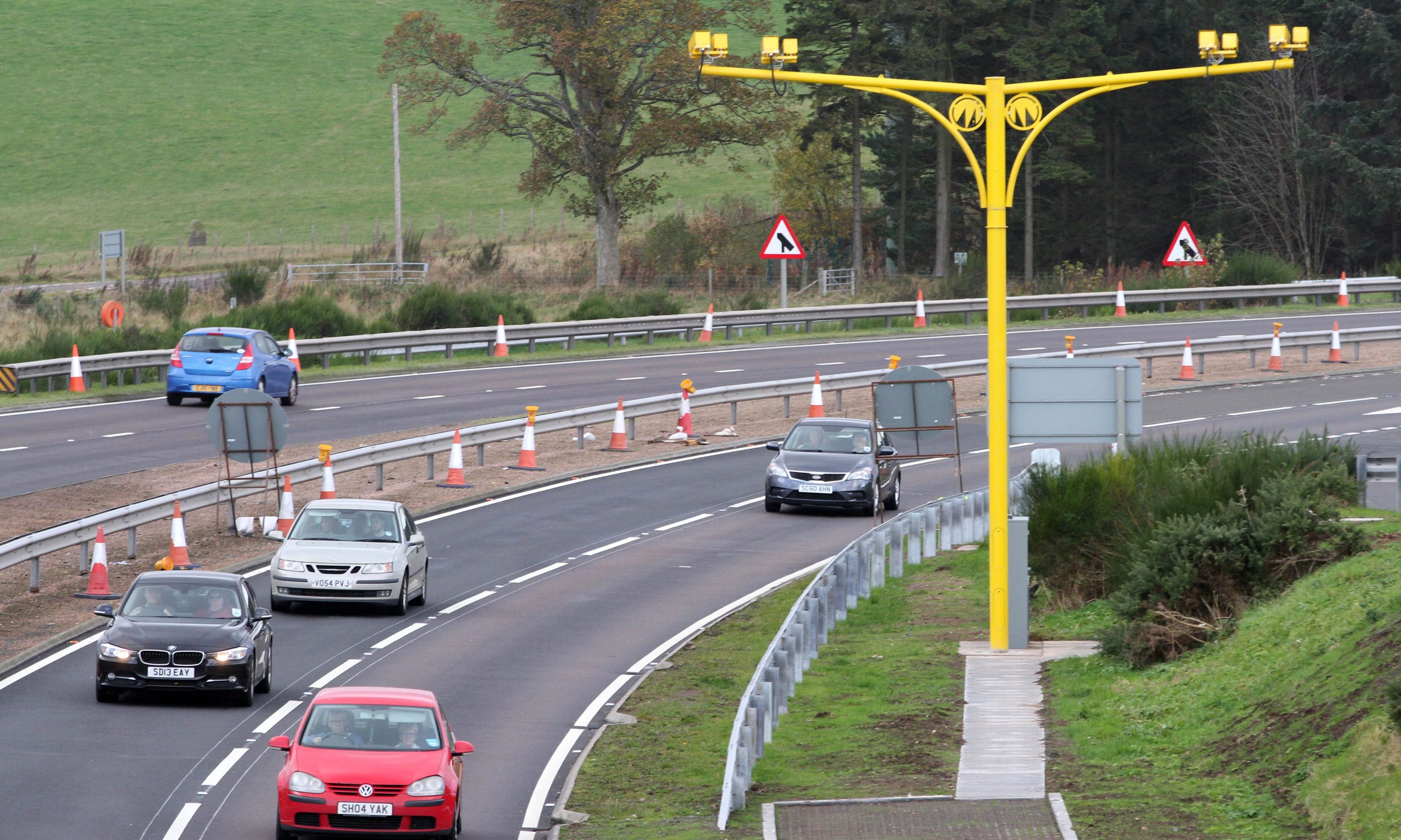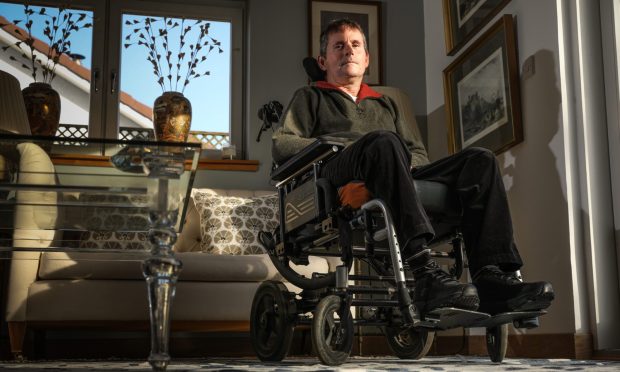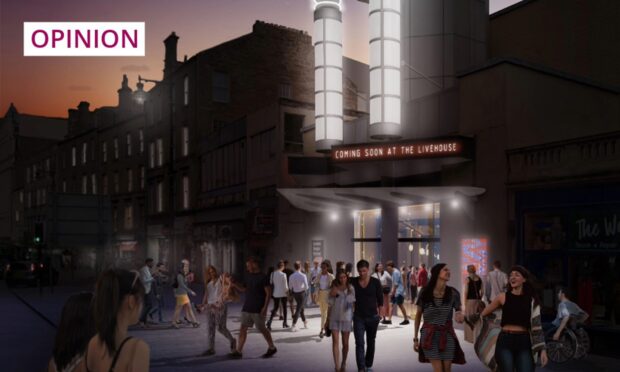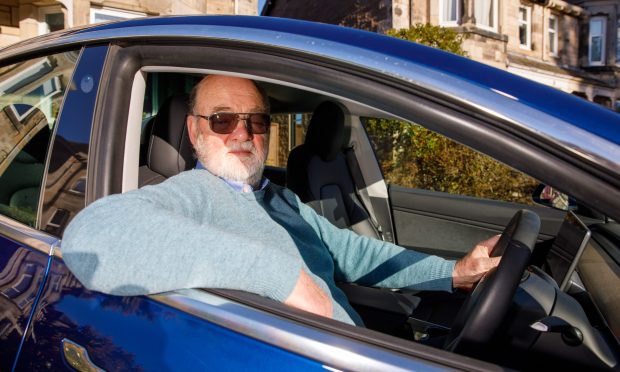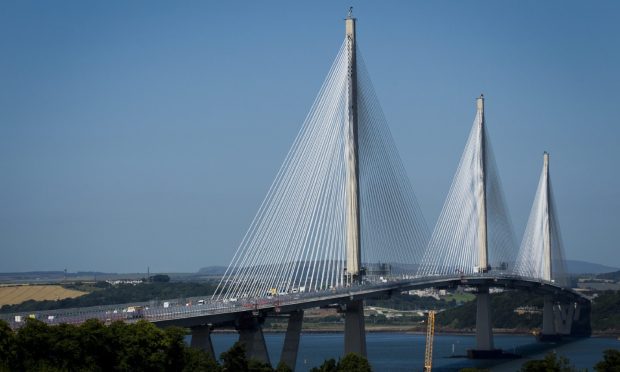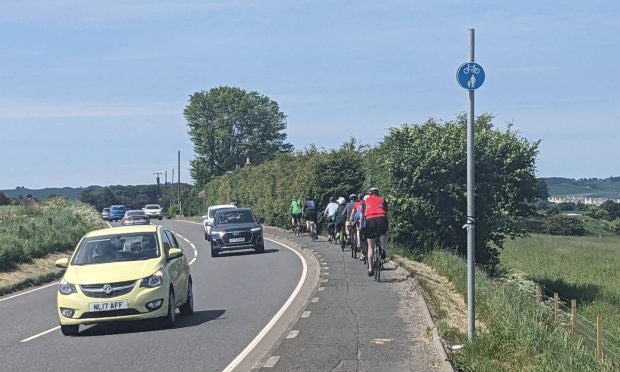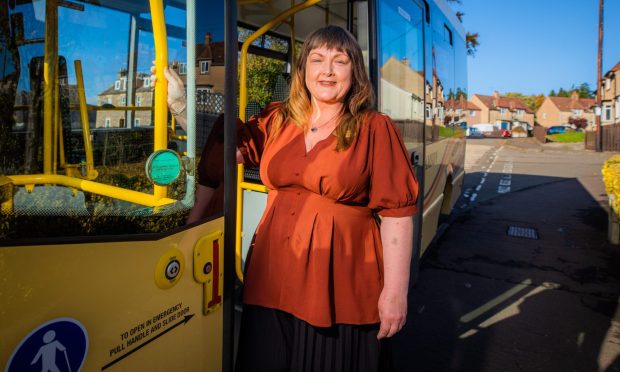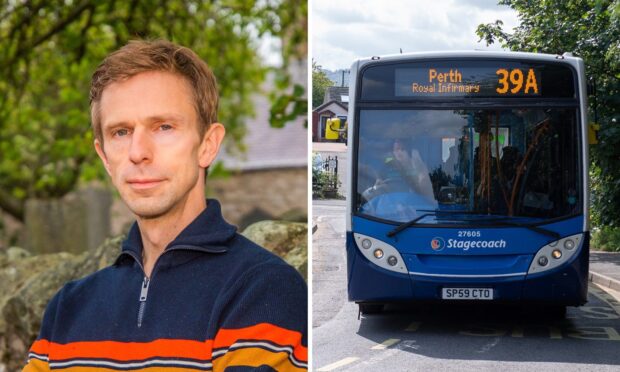Plans to introduce average speed cameras to a 50-mile stretch of the A90 between Dundee and Stonehaven have been warmly welcomed.
Motoring groups, safety charities, the police and business leaders all said they support the installation of the 30 cameras on the 50-mile stretch of the dual carriageway.
Transport Scotland said the cameras, which will be similar to those on the A9, will be installed by the end of the year at a cost of £2m.
Alison Henderson, chief executive officer of Dundee and Angus Chamber of Commerce backed the plans.
She said: “It is something we welcome. Anything that improves the safety of people using that road can only be a good thing.
“There are lots of people who make their business by using that road, lots of staff moving around on that road every day. Average speed cameras can only make the road safer.”
Catherine Ward from the Federation of Small Businesses said that communication of the changes to motorists was important.
She said: “The evidence from other areas shows that speed cameras have reduced accidents and fatalities.
“It will be important to communicate the changes to small businesses and work industry bodies and representatives to disseminate the message and make the transition as straightforward as possible for all drivers.”
Neil Greig, director of policy and research for the IAM RoadSmart motoring group, described it as a “common sense proposal”.
He said: “I’ve been involved in the A9 safety group for a while and there’s no doubt that average speed cameras deliver change – you almost get 100% compliance.
“The number of speeding tickets will fall and the number of people sticking to the limit will rise and there aren’t many other measures that can deliver that, particularly along a 50 mile route.
“Average speed cameras will spread the road safety benefits evenly over the whole 50 miles.”
Police Scotland’s head of road police Chief Superintendent Andy Edmonston, said: “The introduction of average speed cameras on the A90 between Dundee and Stonehaven is welcome, as it will contribute to on-going efforts to reduce the number of collisions and resultant injuries that occur on that stretch of road.”
Sandy Allan, road safety manager for Royal Society for the Prevention of Accidents Scotland, said it would “help save lives”.
He said: “Evidence to date has shown average speed cameras can provide an effective way of reducing speeds on roads with a high casualty rate, and where other engineering solutions have not been implemented.
“Average speed cameras enforce speed limits over an extended distance and therefore reduce the likelihood of serious injury collisions and help save lives.”
Martin Reid, unit director (north) for the Road Haulage Association, added: “They do seem to reduce accidents and adjust driver behaviour but we wouldn’t necessarily want to see them popping up everywhere.
“They make sense where there have been issues. There are clear benefits where driver behaviour has been a problem.”
Money raised from the speed cameras will go directly to the Treasury.
